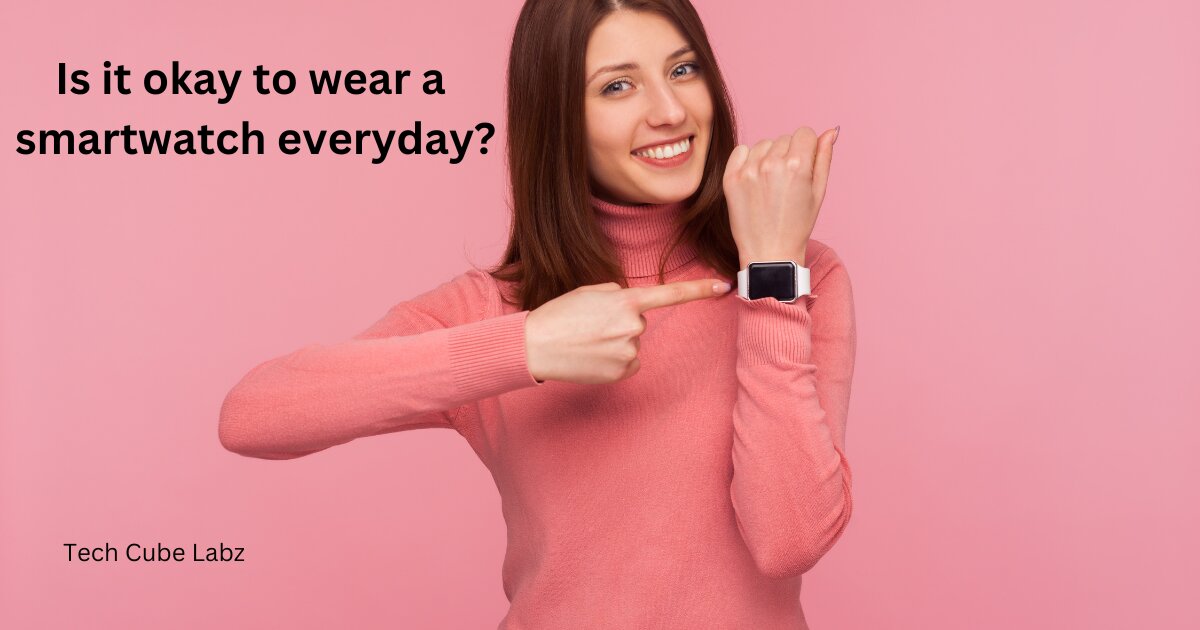
Is it okay to wear a smartwatch everyday?: The promise was made for an unproven, new product at a moment when nobody knew what smartwatches could do or for what purpose they were intended. Similar devices began to flood the market in the years leading up to the launch of the Apple Watch.
It looked as if the smartwatch market would be flooded with devices in the near future. Companies of all sizes, including Samsung, Sony and LG, as well as Motorola, Pebble and Meta, have tried to discover what users want from their wristwatches.
was written by David Pierce at the time, who was then deputy editor for The Verge. It didn’t appear that there was a definitive answer. Dan Seifert , who runs the Verge reviews desk, asked in 2014 whether there was a need for a solution: perhaps there could be a variety of watches with different focuses.
Apple initially didn’t seem to have an answer either. Apple’s health features were a bit basic, as the company focused on apps and communications.
Walt Mossberg wrote in a 2016 article that the watch was not smart enough and did not feel essential for a daily schedule. He wrote , “It’s got to have a more compelling capability than what is out there.”
Apple’s focus on fitness continued, and smartwatches grew in popularity. In 2018, sales of all smartwatches , including Apple Watches , increased by 61 percent .
Their features began to align more closely with the framework set out by Cook in 2014 The devices were used to track health — heart rate, steps and sleep. Gradually, more people began to take this information to their doctor’s appointments.
7 Best smartwatch to wear everyday
- Apple Watch Series 8
- Samsung Galaxy Watch 5
- Garmin Venu 2 Plus
- Fitbit Sense 2
- Fossil Gen 6
- Amazfit GTR 3
- Tic Watch Pro 3
1. Apple Watch Series 8
Apple Watch Series 8 comes in two sizes (41mm & 45mm), and two finishes (aluminium & stainless steel). Connectivity is another category to consider when selecting an Apple Watch. You can select between a GPS model and a GPS + cellular version.
Apple Watch Series 8 is similar to its predecessor. This review’s 41mm Aluminium (GPS + cellular) model has the exact same size (41 x35 x 10.7mm) and weight (32.5 g) of its Watch Series 7 equivalent. The Aluminum version is 100% recyclable aluminium.
Its 1.69″ display is protected by Ion-X (Sapphire Crystal on stainless steel models). [Is it okay to wear a smartwatch everyday?]
The Apple Watch Series 8 has a speaker on the left and a microphone on the right. Both are flanked by the Recents/Side button, a Digital Crown, and a red accent. Both the button and the Digital Crown have nice tactile feedback.
The latter offers responsive scrolling which, in my opinion, was smoother than swiping the screen. After months of use, both have maintained their tactility. It is also possible to measure ECG with the crown, but we will discuss that in Performance. [Is it okay to wear a smartwatch everyday?]
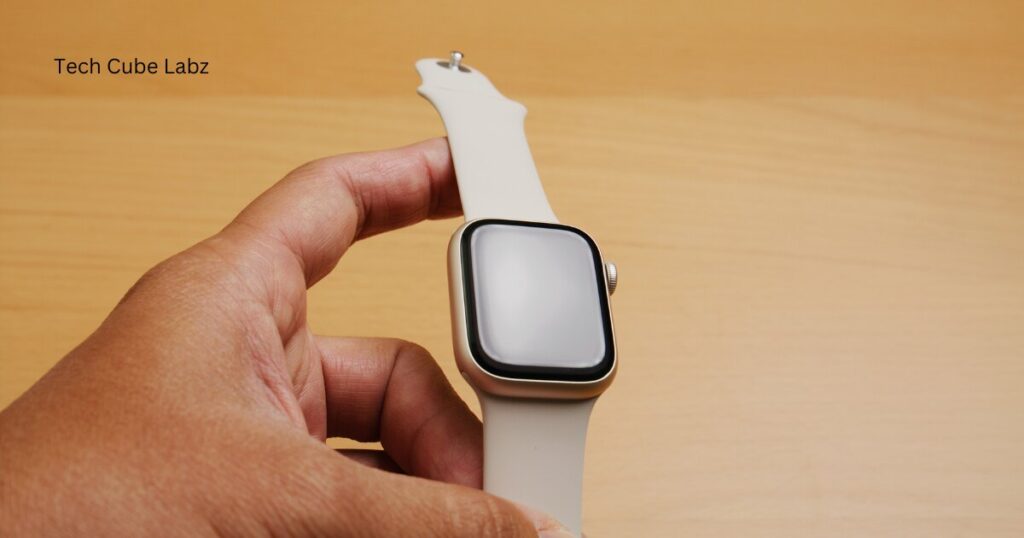
2. Samsung Galaxy Watch 5
The last three months I have been collecting miles, building strength and pushing my endurance. I alternate between running long distances on flat or elevated terrains and obstacle training.
I was able to find like-minded individuals who helped me along my new journey. As I prepare to compete in the last race of the year, I upgraded my Galaxy Watch4 Classic series to the Galaxy Watch5 Series.
Originally, I thought the Galaxy Watch5 Pro would be best for my outdoor activities. It is rugged and durable. The size of the Apple Watch Ultra was too large for my wrist. The 40mm Galaxy Watch5 worked wonders instead.
When I first put on the Galaxy Watch5, I was struck by its lightweight. The weight of the Galaxy Watch5 is barely felt on the wrist, even for those with fragile forearms. It’s lighter than other smartwatches that are geared towards sports, especially when you’re running. It is so comfortable, I removed it only to charge it or bathe.
My unit was Graphite. Normally I’d have preferred a lighter colourway, but later I realised that a neutral smartwatch is perfect if you wear eccentric sportswear.
I have been wearing vibrant colours with my sneakers and performance wear. It feels good to be noticed instead of just the trinkets that you are holding. [Is it okay to wear a smartwatch everyday?]
Read Also: What accessories to get for a gaming laptop?
3. Garmin Venu 2 Plus
Garmin is still a major player in the fitness trackers market. It has been around for over 30 years and produces a wide range of high-end activity tracking devices. I looked at the Venue 2 Plus to see how well it performs as a fitness tracker/smartwatch.
Garmin’s Venu 2 Plus is a stylish device. The Venu 2 Plus successfully combines the style and durability of a smartwatch, with the long battery life and toughness of a sport tracker. I tested the stainless steel black version with an OLED display that had deep blacks, vibrant colours and was easy to see on a sunny, bright day.
Venu 2 Plus has a diameter of 43.6mm, a screen size of 33mm and Stainless Steel back cover. The Venu 2 Plus weighs 51 grams – quite a lot more than the aluminium Apple Watch 7. (38.8 g). Garmin claims that the Venu 2 Plus can last nine days in smartwatch mode. This means it will not use GPS to track your workouts. This was pretty accurate.
The 2 Plus also has three buttons. The top button stops and starts activities. Holding it for 3 seconds will bring up a customised shortcuts screen.
If you hold it longer, it will attempt to send an emergency message to the first responders or any contacts that you have set up.
The bottom button returns you to the previous screen, but it can also be used as a lap counter. By pressing it for a long time, you can access the settings. You can read more about this below. [Is it okay to wear a smartwatch everyday?]
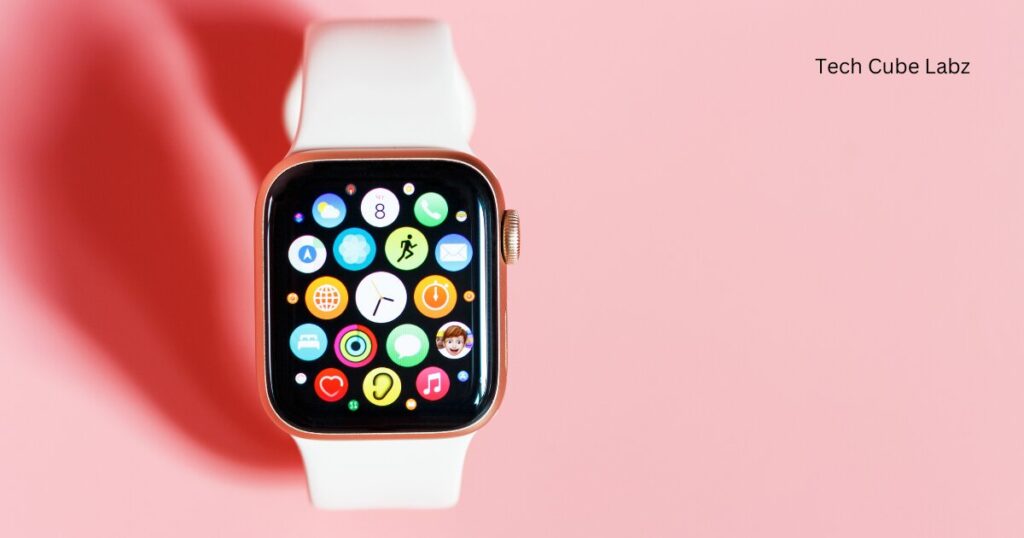
4. Fitbit Sense 2
Fitbit’s flagship product, the Sense 2, aims to be the best tracker of fitness as well as the smartwatch in one. While it excels in offering holistic health information, it may disappoint some people with how “smart it is” when compared to the other brands.
Fitbit has made some great improvements to the design of its second version, the Sense. Fitbit also made a big effort to improve its health and wellness features. This included significant improvements in stress tracking.
There are some downgrades in terms of intelligence that we find questionable. Fitbit removed Google Assistant and third-party apps, which are two features that one could argue have become standard in smartwatches today.
Fitbit Sense 2 was designed to be left behind, and this is one of its best features. It’s easy to wear, day or night, thanks to its low profile and rounded edges.
It’s thinner and lighter than its predecessor but still has the same AMOLED touchscreen that is excellent in bright environments. [Is it okay to wear a smartwatch everyday?]
Read Also: How much GB graphics card is best for gaming?
5. Fossil Gen 6
A SMARTWATCH is an accessory that you don’t really require , but can be useful. You can respond to notifications without having to take out your phone.
You can also change the music track, or look at the next turn, while you are rushing to the nearest cafe to warm up from the winter chill. You may as well throw money away if it is too difficult to use.
Let’s start with the basics. This smartwatch is powered by Google’s WearOS operating system. It was largely abandoned over the years, as Apple dominated smartwatches.
However, a few companies such as Fossil continued to develop smartwatches on the platform. Google released Wear OS 3 last year.
This new version promised a fresh look, improved performance, extensive health tracking and a longer battery life. The company has also promised to improve the app selection, which is woefully lacking.
Wear OS may not have had the impact that Google hoped for, but it is in a much better place with watches such as Samsung’s Galaxy Watch5 or Google’s Pixel Watch.
The watches are easy to use, offer more apps, including a Google Home app that allows you to control smart devices, and track basic health metrics such as heart rate, SpO2, or even electrocardiograms. Fossil Gen 6 Wellness is not up to the same standards. [Is it okay to wear a smartwatch everyday?]
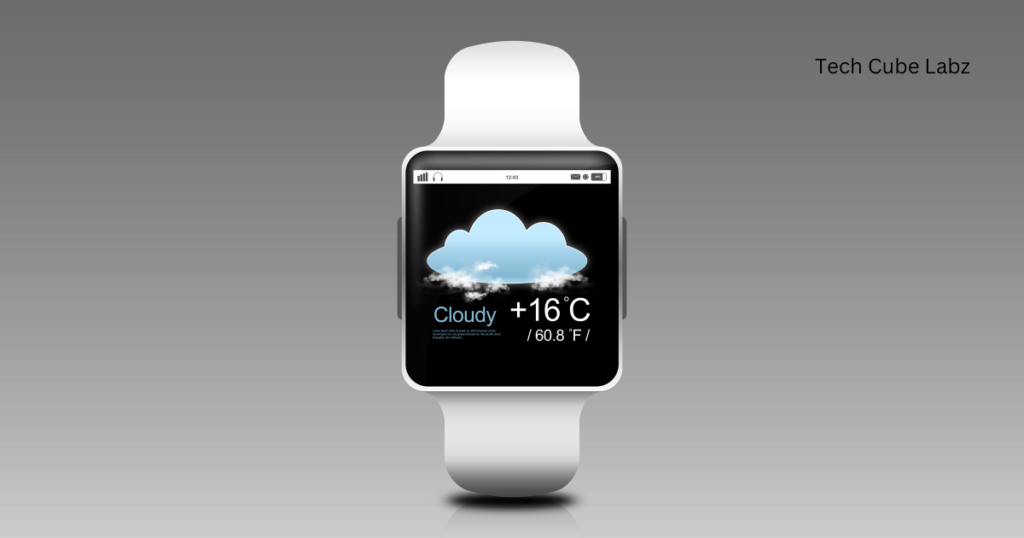
6. Amazfit GTR 3
Your friend can change their hairstyle or jeans style, but you will still recognize them. Amazfit, the fitness tracker I tested, is not my friend or even human.
But, it looks similar to other models from Zepp, formerly known as Huami. All of them had the same problems: Zepp Health OS, which was almost impossible to use, watches that never connected reliably, and a proprietary Personal Activity Intelligence metric (PAI), which was neither helpful nor intuitive. The straps were also plasticky and uncomfortable.
How much you enjoy a fitness tracker is more dependent on its software than any other gadget. Do your friends use the wearable device or its app?
Are the results easy to understand and relevant to you? Fitbit’s Daily Ready score, or Garmin Body Battery are just two examples of the primary health metrics that each fitness tracker has.
Zepp Health’s PAI is based on Ulrik Wisloff’s research at the Norwegian University of Science and Technology. It calculates your PAI using your age, gender, resting heart rate, and the past seven days’ heart rate data. But it’s just a metric similar to Amazon Activity Points.
You accumulate PAI as you perform activities that raise your heart rate. The initial goal is to earn 30 PAI a day, and the ultimate goal is 100 PAI a day. [Is it okay to wear a smartwatch everyday?]
7. Tic Watch Pro 3
Google’s Tic Watch Pro 3 uses a faster, newer chip to bring new life to the stagnant smartwatch range. However, it doesn’t manage to do enough.
The new watch, made by Chinese tech company Mobvoi costs PS 289.99. It competes with Fossil’s Gen 5 as well as Samsung’s Galaxy watches for Android.
The watch is big but not chunky. It has a black body with a silicone strap. The watch is designed to fit large wrists, but it’s quite light. I pulled the strap all the way down.
Two displays are stacked directly on top of one another. The “essential” LCD display on top shows the time, date and steps, but does not show notifications.
Below the LCD screen is a bright and crisp AMOLED display that illuminates when you interact with the watch. This includes showing apps, notifications, and a standard smartwatch interface. [Is it okay to wear a smartwatch everyday?]
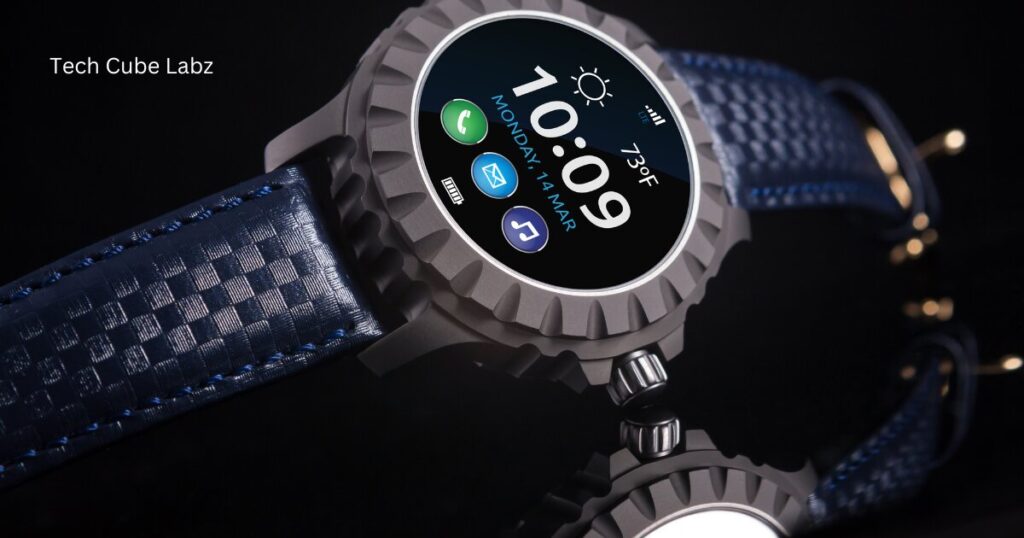
Conclusion:
The right smartwatch for you depends on your budget, lifestyle and preferences. Apple Watch Series 8 should be your top pick if you are deeply rooted in the Apple ecosystem.
Samsung Galaxy Watch 5 is a great option for Android users. Fitness enthusiasts may prefer the Garmin Venu 2 and Fitbit Charge 5 as options.
When choosing a smartwatch, always consider its compatibility with your smartphone, desired features and design. There’s a smartwatch to suit everyone thanks to the advancements in technology. [Is it okay to wear a smartwatch everyday?]
Is it okay to wear a smartwatch everyday?: FAQ
1. Is it safe to wear a smartwatch all the time?
Ans: Summary. Do smartwatches emit radio waves and are they safe for wear? According to the scientific consensus and the regulatory guidelines in place, the answer to this question is yes. They are safe to wear. The non-ionizing rays they emit are not harmful, but their levels are lower than those that would be considered harmful.
2. Should I wear my smartwatch 24/7?
Ans: The answer is yes. Wearing a smartwatch is not harmful. However, you should remove it for a couple of hours every day to allow your skin to breathe.
3. Do smart watches improve health?
Ans: Seth Martin M.D. M.H.S., cardiologist at Johns Hopkins, says ” fitness trackers are great tools for heart health.” It can be challenging to change your habits and become more active. When combined with a goal, tracking can be very helpful for many people.
